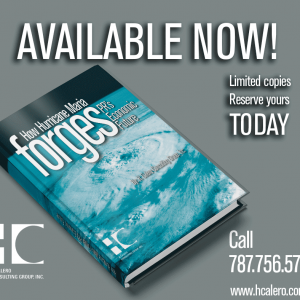
April 2016: PR Stretched to the Limit
Review of Global, US & PR economies in FY 2015 plus forecasts from 2016 to 2018
The past few weeks have seen an unprecedented spike in uncertainty over the Island’s long-term prospects. The combination of a pending default on public debt, political wrangling both in Washington and San Juan, and continuous negative news about the economy has opened the door to short-term politics and the prospects of a full-blown crisis. Ultimately, the economy will adjust to the existing reality on the ground however unpleasant this may be with the real test only just beginning. The policy and institutional framework will have to be rebuilt pretty much from scratch as constrained budgets, lower economic activity, lower population, and impoverished consumers are here to stay, at least for a while. Striking the right balance will require a significant amount of creativity and courage but the alternative is definitely more daunting. Coming to grips with the hard facts that public debt is a debt we all must pay is only the beginning. What will it take to chart a path to solvency and growth in PR?







